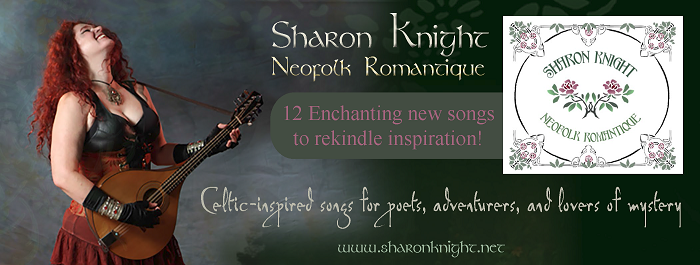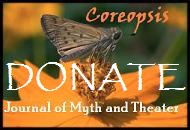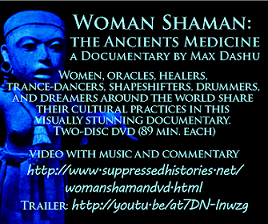
From the Editor: Part Two: Issues in Higher Ed
In Conversation with Saybrook University President, Dr. Mark Schulman: Human Connection is the Key
by Lezlie A Kinyon, Ph.D.; Editor
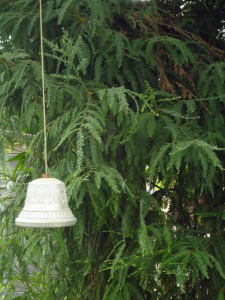
Bell on_Old School_Lezlie Kinyon 2013
In the second editorial in this series on at-a-distance learning in spirituality and the arts in higher education, I began by asking the question, “What Works?” As a former member of the Alumni Council of a well established graduate program in San Francisco, I realized – almost at once – that I had an example to examine close at hand: Saybrook Graduate School … now University. Established in the mid-20th century during the period of great experimentation in education (at all levels) and the height of the Humanistic revolution in psychology, Saybrook drew it’s name and inspiration from a conference attended by the luminaries in humanistic psychology at Old Saybrook in Connecticut. Founded by the forward-looking thinkers of the mid-twentieth century, Saybrook Graduate School, as it became known, has long held the banner of humanistic scholarship and therapeutics. Through many changes over the succeeding decades the school is now is now housed in a collection of offices in a quiet corner of San Francisco.
The beating heart of Saybrook lies elsewhere: in a diverse and far-flung community – of sorts – of scholars, psychologists, human systems thinkers and designers, artists and activists: from California to Kenya, Siberia to London, Brazil to Alaska: in 2014 one is likely to find a “Saybrookian” just about anywhere you go… Whatever complaints and criticisms students and faculty may have (it is not a perfect system!) Saybrook has maintained a high order of learning “at-a-distance” established long before the advent of web-based learning systems. This approach to “at-a-distance” learning may yet come to be called “The Saybrook Model”. In short: it’s working.
To find out more, or, at least gain some further insight, I journeyed across San Francisco Bay one foggy Tuesday morning and spent a half hour with Saybrook’s president, Dr. Mark Schulman. I really had only one question: why does this system continue to work? The answers … and … the questions that came up during that half hour, are both predictable and surprising. Predictable – by me – because I am an alumna and have long been a humanistic scholar and surprising for the same reason.
Saybrook began, in Dr. Schulman’s words ”long before Al Gore invented the Internet,” working primarily with adults, early on targeting “mid-career practitioner-scholars” (catalogue entry, 1983-85). The “older student” for purposes of this discussion, are students outside the “norm” of 18-22 year old undergraduates and the 22-30 year old graduate students.
Dr. Schulman also cited Saybrook’s success as being due to a low residency program. He cites Evalyn Bates- who was a guiding thinker in the “experimental movement in higher ed. in the late 1960s at Goddard College: students and faculty must be in “occasional touch and create that all-important relationship between faculty and student.” At Saybrook, a 5 day residency is designed in as the entry to the program.
While Dr. Schulman points out, there is some evidence that people retain more of what they learn on-line, they also question more about why they are doing it. This notion of relationship between student and faculty along with a low-residency program where all the various parts (students, faculty, administrators, even some some alumnae) get together for a 5-day residential conference-style meeting at the start of the program is integral to “growing” this relationship.
Online and “At a Distance”
Some research shows that people retain more online, while also questioning, more often, why they are doing this.
As Dr. Schulman explained that Tuesday morning: “In the past, higher education has been traditionally devoted to ‘the life of the mind’ ”. Saybrook, rather, is devoted to “a way of being in the world. Something which is almost “oppositional to how it is in ‘traditional academia.’ ” While many programs, he further elaborated, are not ‘started with a mission’, Saybrook has had a fairly clearly stated mission addressing humanistic scholarship from day one. In fact, Saybrook is fiercer about it’s mission than similar programs.”
The second piece is the way that a lot of people look at technology – how to use it – as opposed to being centered on the standing relationship between student and faculty. (As example, the much touted, but, not as well received today, MOOCS system of replacing classroom time with an elaborate “chat room”. [as example: see Collins, 2014]) As the half hour reached mid point, we found ourselves in strong agreement that technology should be secondary and the use of it be squarely within the boundaries of the values of the organization.
Why do Faculty Stay?
Saybrook, although it has developed some prestige over the decades, is not a well-known school, nor does it support faculty research in the traditional sense, so why so faculty stay? “Faculty,” says Dr. Schulman with some animation, “stay for the quality of the interaction with students.” It takes, he goes on to note, “a particular kind of faculty person to work under these conditions.” Some Saybrook faculty are quite well-known in their fields and could teach just about anywhere, yet they do stay, some nearly since the inception of the school. Much could also be said of the passion for keeping Saybrook the unique place of learning that it is by the far-flung alumnae. It all boils down to relationship. Human beings engage in relationship-creation, maintenance and renewal on a daily basis. Graduate school is a commitment of time, energy and creating human relationships that – often- last well beyond the years spent actually enrolled.
In my own experience as an alumna, “Saybrookians” are active, busy, and stay loosely connected. As the very active social networking sites will show, those relationships are often maintained over vast distances, not just with academic dialogue and networking, but with daily “shared” posts of life events, vacation photos, artworks, political discussions, jokes, memes, pithy commentaries, out-and-out rants, and youtube videos of favorite musical ensembles – and (lest we forget) gossiping while gaming and sharing photos of our cats. It is, in the final analysis, an active and engaged community of humans. All of whom hold the core value of caring – sometimes passionately – about the world we live in.
Technological Dazzlement
Administrators, when presented with new technological packages that seem to make their tasks run more smoothly, can be dazzled by tech. Particularly the new vistas presented by cyber culture. It seems that so much can be accomplished with the new platforms for learning and sharing knowledge, that the need for human, face to face interaction can almost be eliminated. While alternatives to physical travel to conferences and seminars may develop in surprising and, even very rich ways, we, as a culture, are not there, yet. Dr. Schulman advises, “Do not be dazzled.” Do it because the program is designed to be:
- Student-centered
- Mission-driven
- and from a social justice perspective.
Also disabusing the idea that education primarily taken on-line is cheaper, he states that, “it is very labor-intensive – definitely not cheaper.”
I wrapped up our half hour with the question of what advice could he give to program designers in higher education contemplating the creation an “at a distance” program regarding the use of technology in their designs. He says, unequivocally, “Look to your values. Everyone will be disgruntled at one time or another. And: don’t expect to keep up with what’s new, because that’s a black hole”.
I left the offices contemplating my own graduate education, and what I have done since, with a certain sense of bittersweet nostalgia. A sense of what I could have accomplished with the cyber connections possible today, and a realization that it isn’t the bells and whistles that make for a rich graduate experience, but the relationships formed during that experience and with the experience itself. None of us work in a vacuum. Erik Erikson once said, “Life doesn’t make any sense without interdependence. We need each other, and the sooner we learn that, the better for us all.” (1988)
It’s within that human interdependence and connection that it all comes together … the lesson, overall, of humanistic thought itself, and one that makes not only Saybrook “work” but, indeed, this journal as well.
____________________________________
Goleman, D. (1988) Erikson, In His Own Old Age, Expands His View of Life. New York Times. Retrieved: June 16, 2014: https://web.archive.org/web/20150303020017/http://www.nytimes.com/1988/06/14/science/erikson-in-his-own-old-age-expands-his-view-of-life.html
Collins, M. (2014) Why MOOCs won’t save our education system. Daily Dot. Retrieved July 10, 2014: http://www.dailydot.com/opinion/moocs-education-free-online-courses/
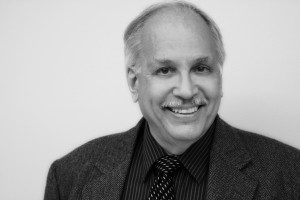 Editor’s note: More about Saybrook University and Dr. Mark Schulman can be found at www.Saybrook.edu
Editor’s note: More about Saybrook University and Dr. Mark Schulman can be found at www.Saybrook.edu
